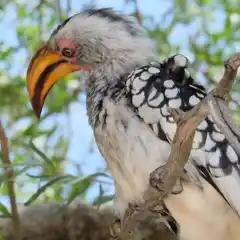







Avian influenza virus (AIV) is a serious and continuous threat to European poultry, and can spillover to cause human pandemics. Of six countries where highly pathogenic AIV (HPAIV) is endemic, five are in Asia. High prevalence of HPAIV in live bird markets (LBMs) in Asia promotes the emergence and maintenance of new variants and their trans-continental dissemination via trade or wild birds. Reducing AIV circulation in Asia could therefore contribute substantially to protecting the UK.
Previous control efforts in Bangladesh have ignored that long-distance, high-density transportation of poultry from multiple farms to multiple LBMs by mobile traders (“middlemen”) may be increasing the prevalence and diversity of AIVs introduced to LBMs. Control efforts have therefore focused on LBMs, rather than transportation practices. To test whether transportation practices affect virus prevalence and diversity introduced to LBMs, we studied AIVs in poultry being moved from farms to LBMs in Chattogram, Bangladesh. A total of 87 mobile trader trips were followed over a 9-month period, with samples taken from traded poultry along these trips and collection of data on journeys via a bespoke app.
We used PCR approaches to detect 47 AIV positive samples in 60 of the trips (samples from 17 trips still require testing), and sequenced virus genomes from appropriate samples. The majority of AIVs were H5, though H9 type viruses were also detected. Preliminary analyses suggest that longer durations journeys may be associated with higher AIV prevalence of birds at the point of entering markets. We are currently exploring genetic sequence data in more detail to confirm this, and to investigate the degree of mixing of viral lineages between birds during poultry transport.
Return to the Grants Awarded page.